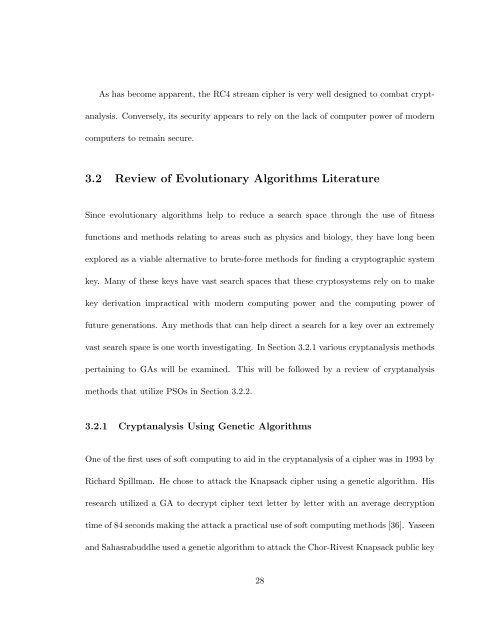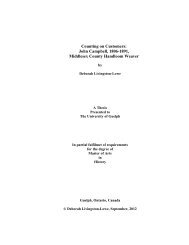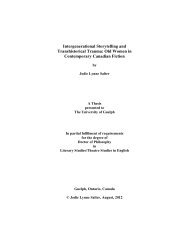Cryptanalysis of the RC4 Stream Cipher using Evolutionary ...
Cryptanalysis of the RC4 Stream Cipher using Evolutionary ...
Cryptanalysis of the RC4 Stream Cipher using Evolutionary ...
Create successful ePaper yourself
Turn your PDF publications into a flip-book with our unique Google optimized e-Paper software.
As has become apparent, <strong>the</strong> <strong>RC4</strong> stream cipher is very well designed to combat cryptanalysis.<br />
Conversely, its security appears to rely on <strong>the</strong> lack <strong>of</strong> computer power <strong>of</strong> modern<br />
computers to remain secure.<br />
3.2 Review <strong>of</strong> <strong>Evolutionary</strong> Algorithms Literature<br />
Since evolutionary algorithms help to reduce a search space through <strong>the</strong> use <strong>of</strong> fitness<br />
functions and methods relating to areas such as physics and biology, <strong>the</strong>y have long been<br />
explored as a viable alternative to brute-force methods for finding a cryptographic system<br />
key. Many <strong>of</strong> <strong>the</strong>se keys have vast search spaces that <strong>the</strong>se cryptosystems rely on to make<br />
key derivation impractical with modern computing power and <strong>the</strong> computing power <strong>of</strong><br />
future generations. Any methods that can help direct a search for a key over an extremely<br />
vast search space is one worth investigating. In Section 3.2.1 various cryptanalysis methods<br />
pertaining to GAs will be examined. This will be followed by a review <strong>of</strong> cryptanalysis<br />
methods that utilize PSOs in Section 3.2.2.<br />
3.2.1 <strong>Cryptanalysis</strong> Using Genetic Algorithms<br />
One <strong>of</strong> <strong>the</strong> first uses <strong>of</strong> s<strong>of</strong>t computing to aid in <strong>the</strong> cryptanalysis <strong>of</strong> a cipher was in 1993 by<br />
Richard Spillman. He chose to attack <strong>the</strong> Knapsack cipher <strong>using</strong> a genetic algorithm. His<br />
research utilized a GA to decrypt cipher text letter by letter with an average decryption<br />
time <strong>of</strong> 84 seconds making <strong>the</strong> attack a practical use <strong>of</strong> s<strong>of</strong>t computing methods [36]. Yaseen<br />
and Sahasrabuddhe used a genetic algorithm to attack <strong>the</strong> Chor-Rivest Knapsack public key<br />
28
















